Summary: Spring is in full swing, which means fire ant season is officially here. This blog dives into the busy lives of the most infamous pests in...
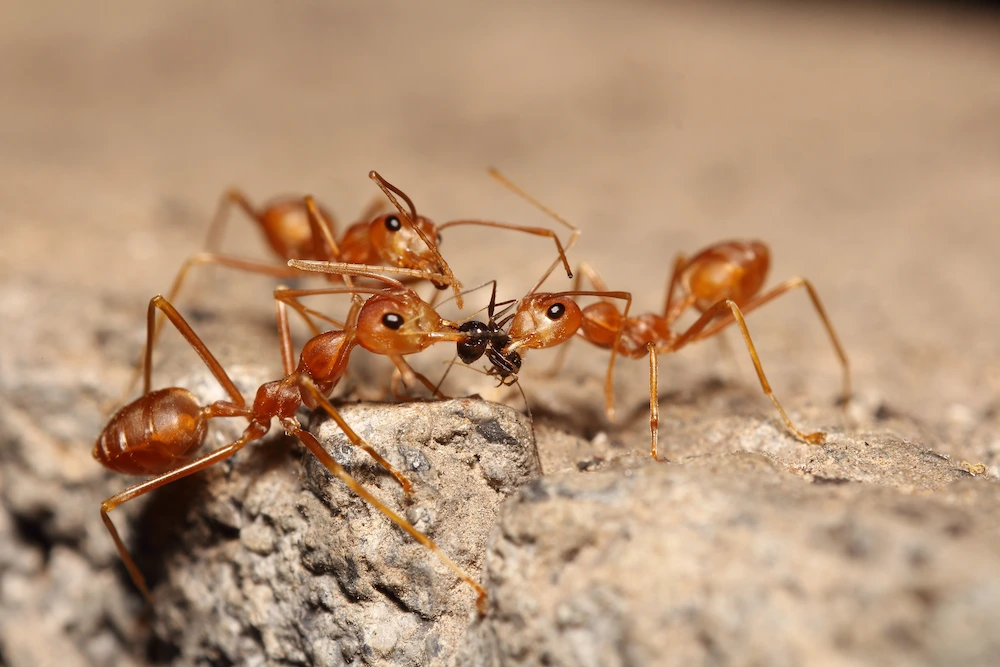

Summary: Spring is in full swing, which means fire ant season is officially here. This blog dives into the busy lives of the most infamous pests in...
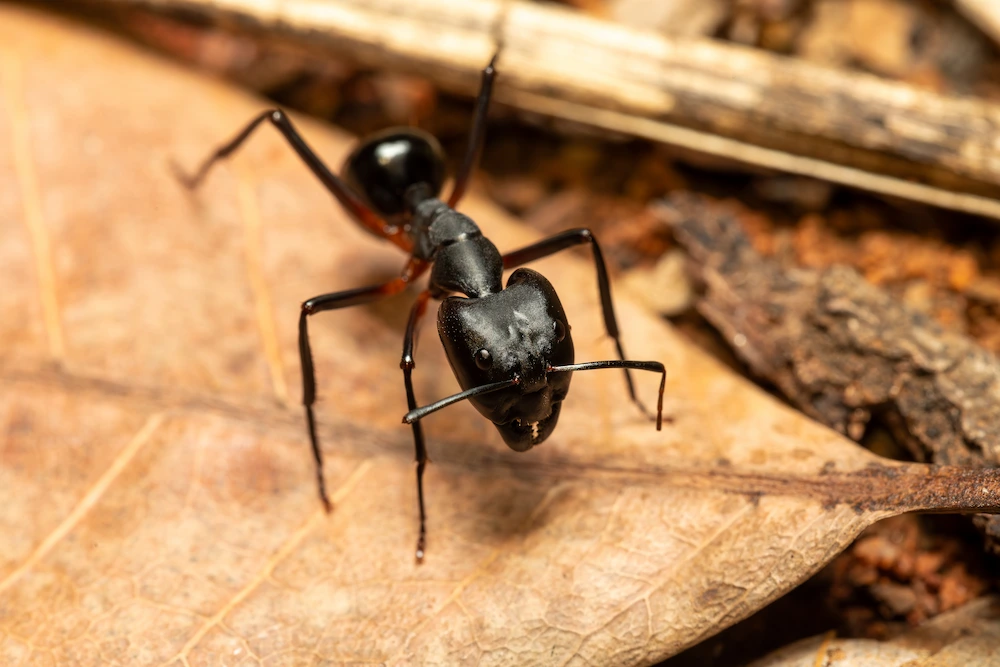
Summary: Carpenter ants are a great example of teamwork in the pest world. This blog explores the facts, structure, preferences, and abilities of...
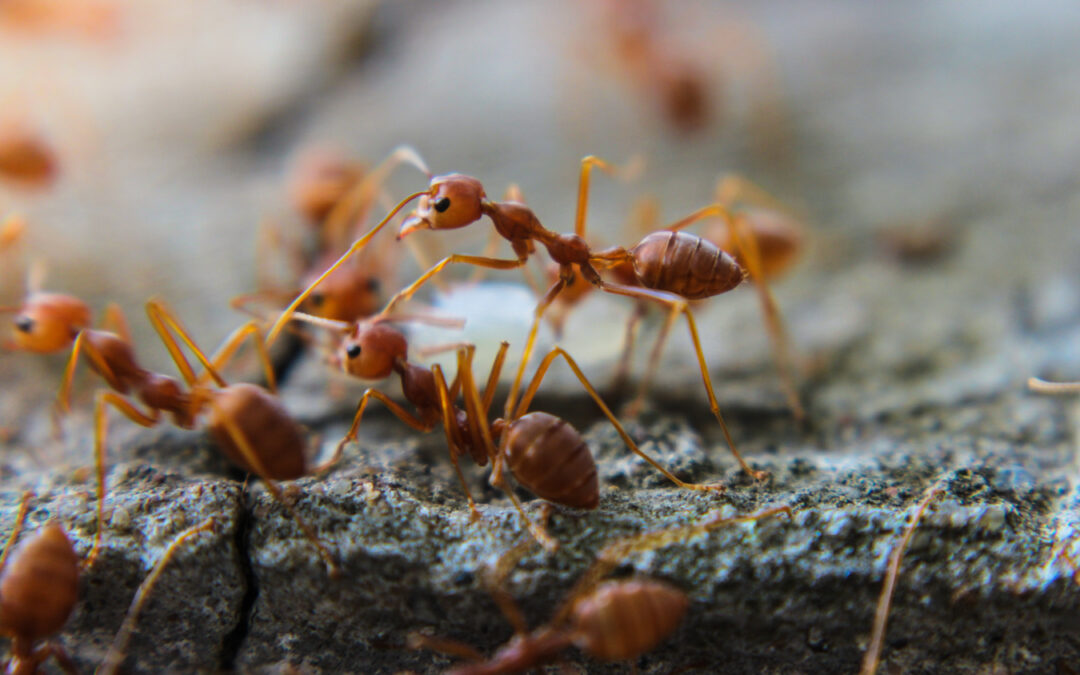
They say that everything’s bigger in Texas, and that (unfortunately) includes our ant problems. Ants live in ever-growing colonies produced by...
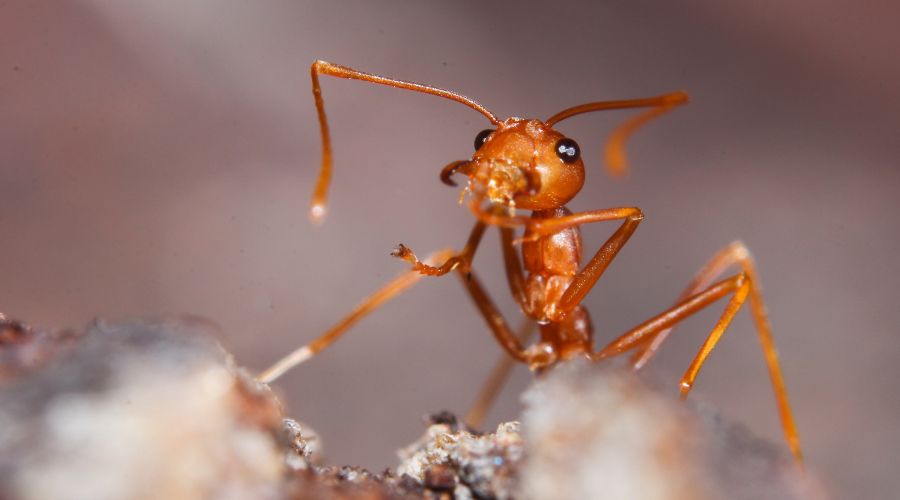
For Dallas homeowners, nothing more infuriating than trying to win a never-ending battle against ants. Think you’ve conquered one colony? Look...
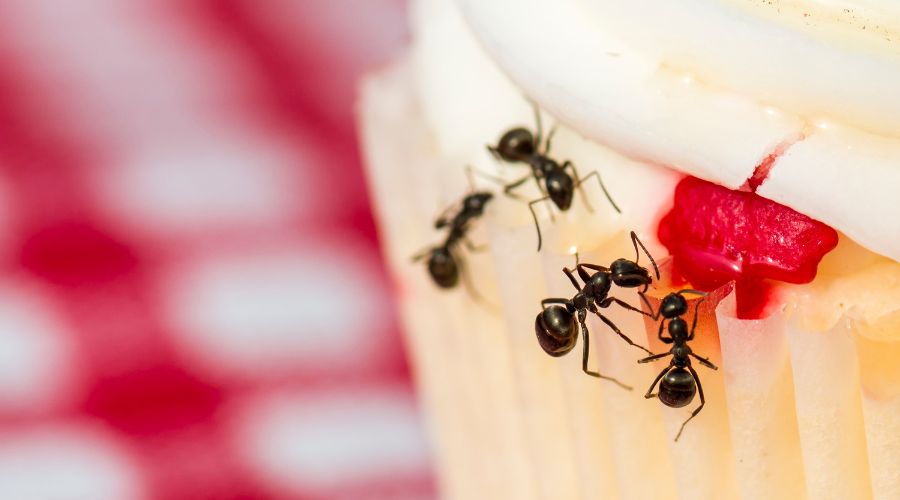
An army of ants crawling in your home is never a pleasing sight. These nuisance pests invade homes mainly searching for food, but any place that...
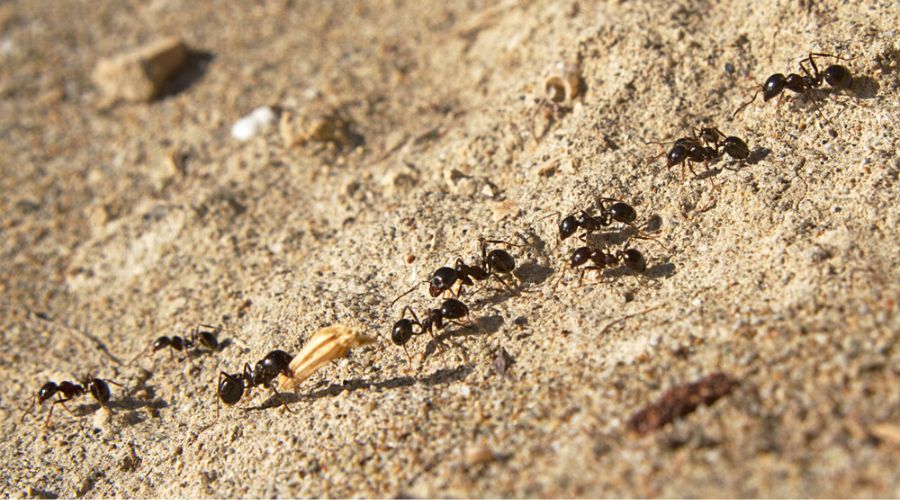
Tiny ants find their way into residential and commercial buildings, looking for food, water, and shelter. When they infest a home or office, they...
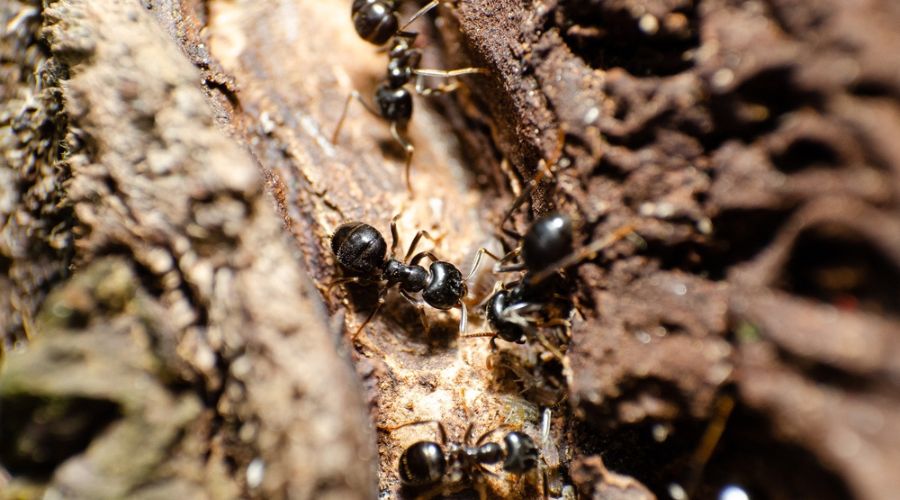
Wood damage in your home usually indicates damage from pests. However, it’s not always easy to determine whether the wood damage comes from...
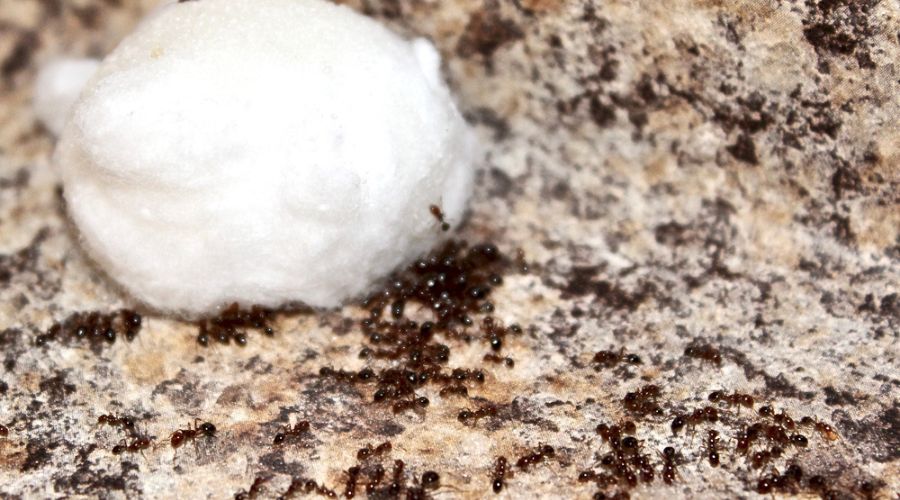
All ants are a pain, but fire ants inflict biting stings that make them a more severe problem. Unfortunately, it's something Dallas residents are...
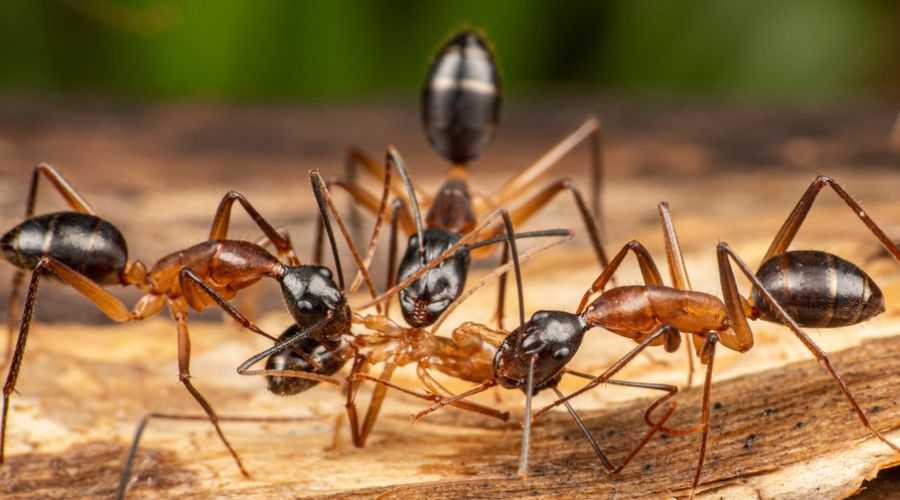
Ants are one of the most common pests in Dallas. They can enter homes through tiny cracks in foundations, siding, and screens to find food, water,...
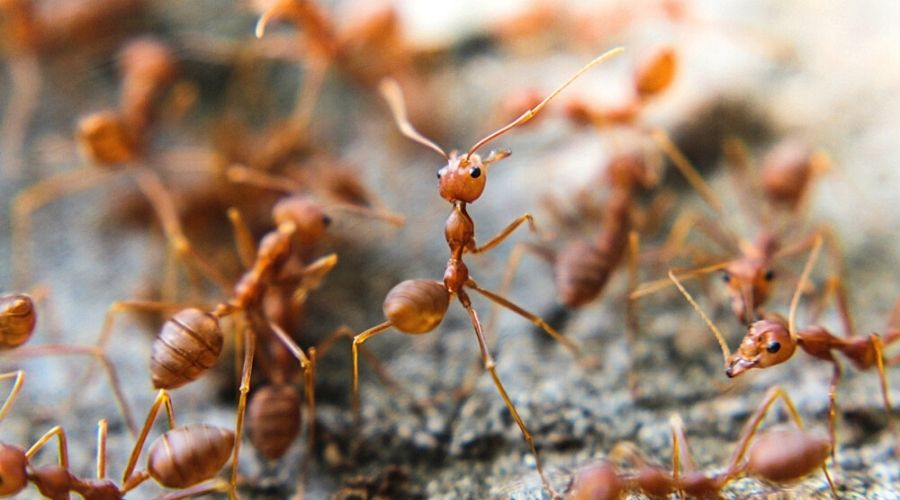
The city of Dallas often experiences warm weather, which ants thrive in. Active ant season occurs in spring, summer, and fall. Many ants hibernate...
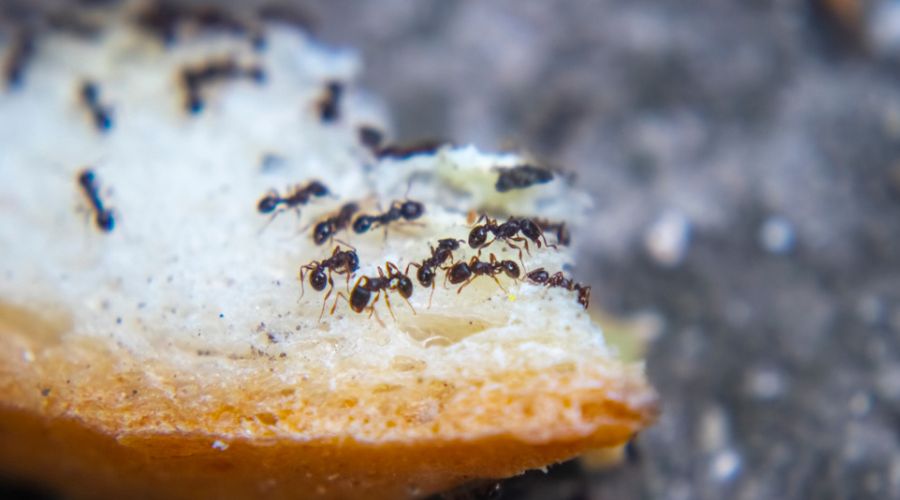
Animals and insects are essential to the environment, and ants are no exception. Ants help aerate the soil, decompose organic matter, and keep our...
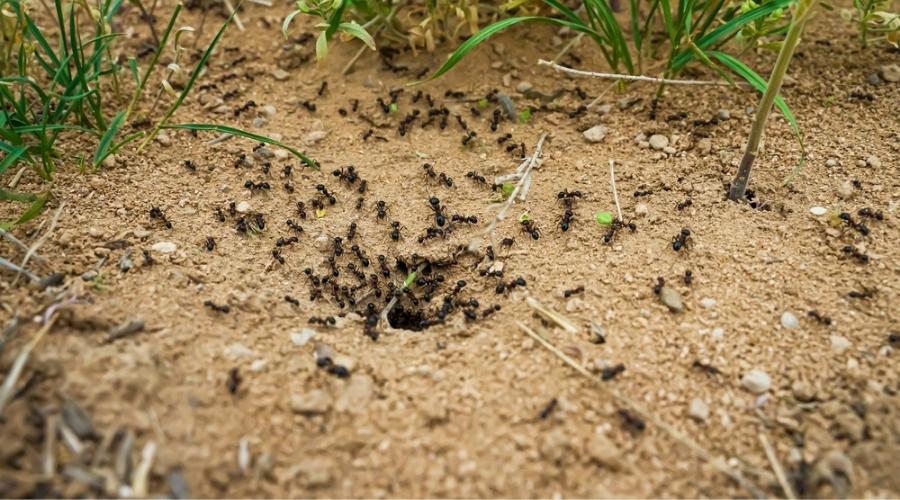
Ants commonly invade homes all around the United States. Getting rid of these pests often depends on proper identification. However, there are many...
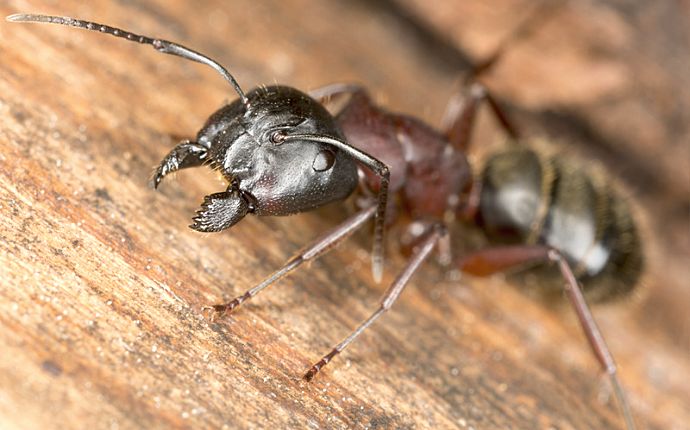
Carpenter ants are a common pest for Texans. At first, they may seem similar, but they are much different from termites. Carpenter ants make nests...
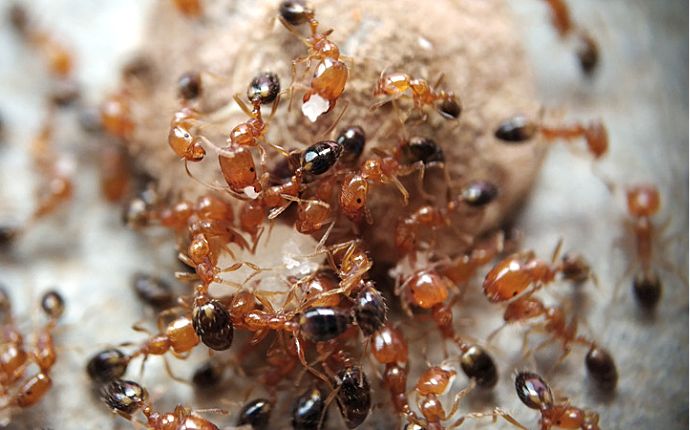
Ants are common pests in any garden, yard, or field. While you may not see them in the winter, during the spring and summer, you might see them...

The bite of a carpenter ant is not a cause for concern, but these ants can cause extensive damage to your home. Carpenter ants are...
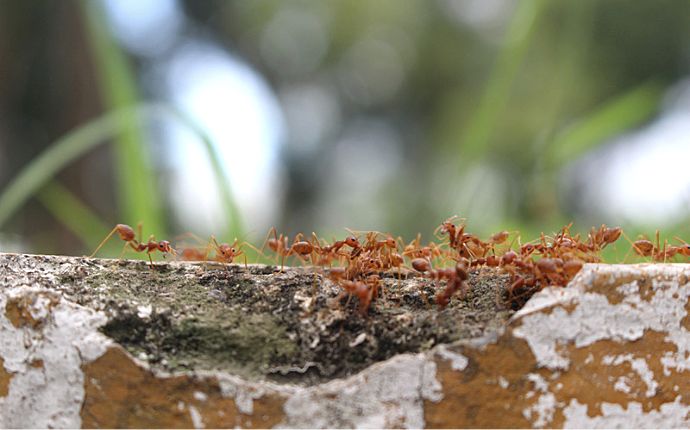
Fire ants are among the most troublesome of all ant species. They’re aggressive and have a painful sting and bite that can lead to uncomfortable...
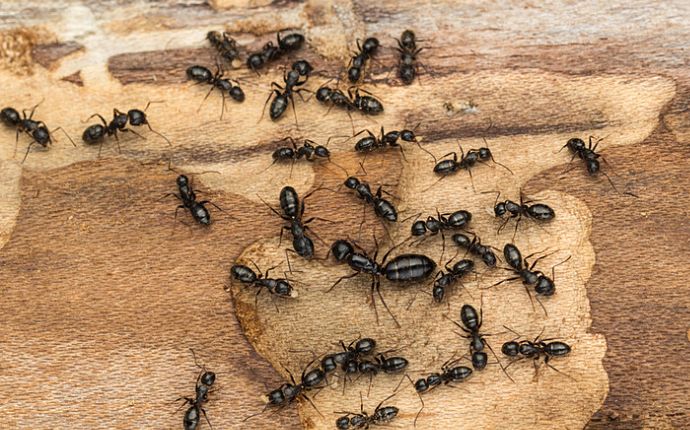
Are you dealing with ants in the summer months? Given that Texas boasts an impressive variety of ant species, ant infestations are an unpleasant...
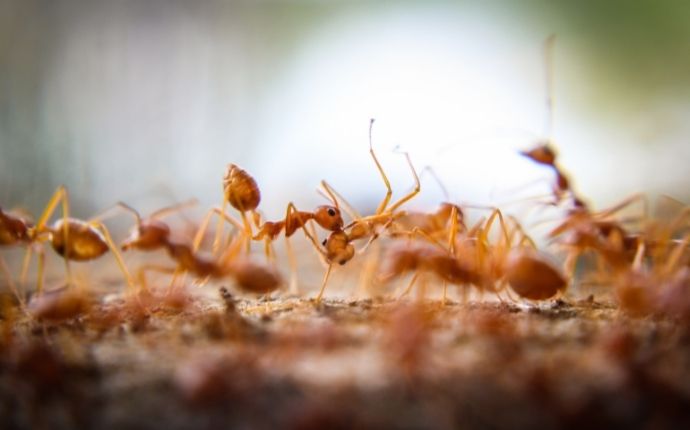
Despite their small size, fire ants can cause big problems. These tiny terrors build large hills that can wreak havoc on local landscapes and...
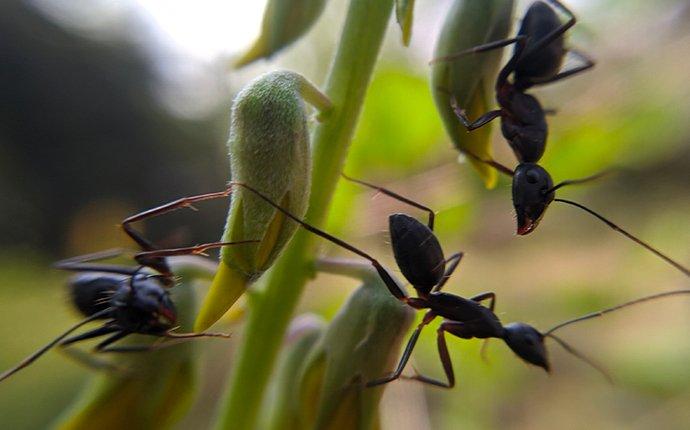
Ants are a common pest species in Dallas, Texas, but there is more than one type of ant that you could encounter around your home or business....
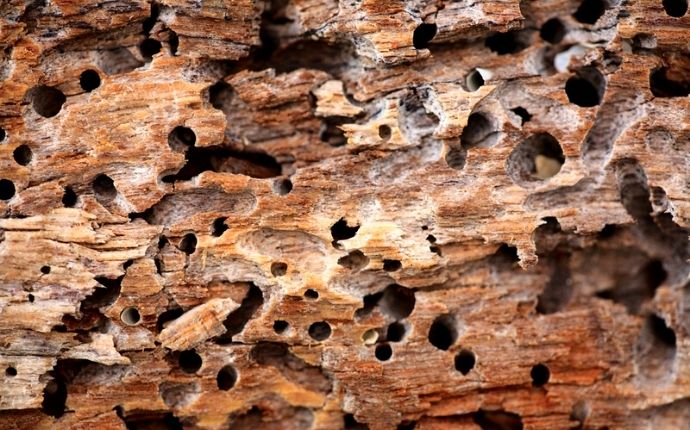
If there's one word you might use to describe Houston ants, it's annoying. Some species are a nuisance while others are hazardous, but the one thing...
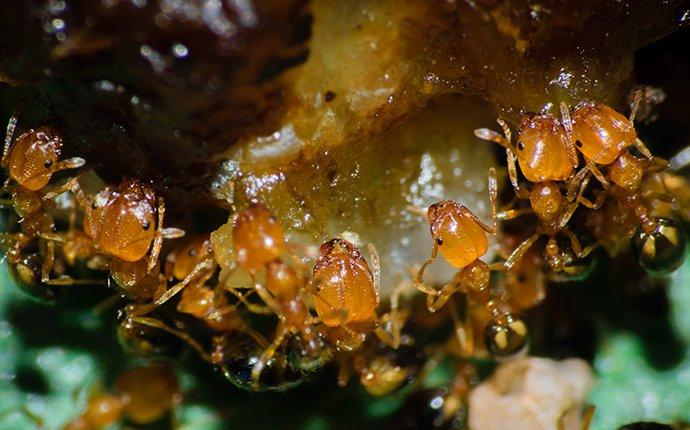
If you see one ant in your Dallas home, there is a high chance there are hundreds more. Several different types of ants are common in the Dallas...
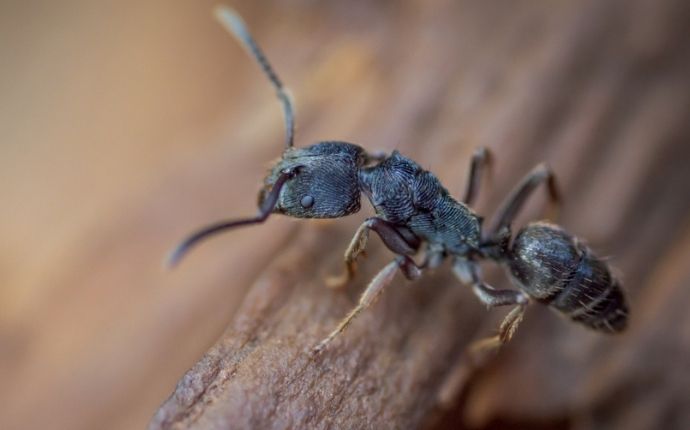
Ants are typical home-invading pests throughout the United States. Like many other pests, ants travel into homes in search of food. Due to their...
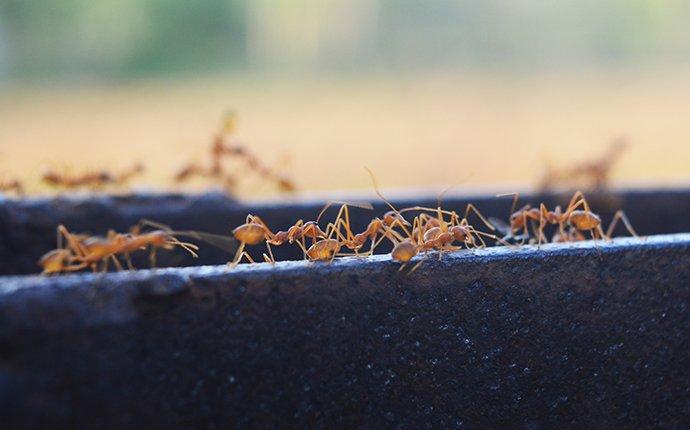
If you've spent any time outside in Fort Worth, you've probably experienced a fire ant sting. The ants are everywhere, and they make their presence...
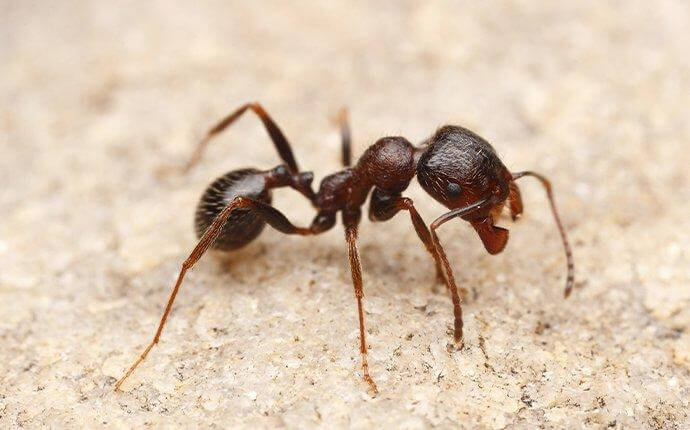
Pests are exhausting to deal with. It seems like no matter what you do, insects and creatures will find a way to penetrate your Dallas home or...
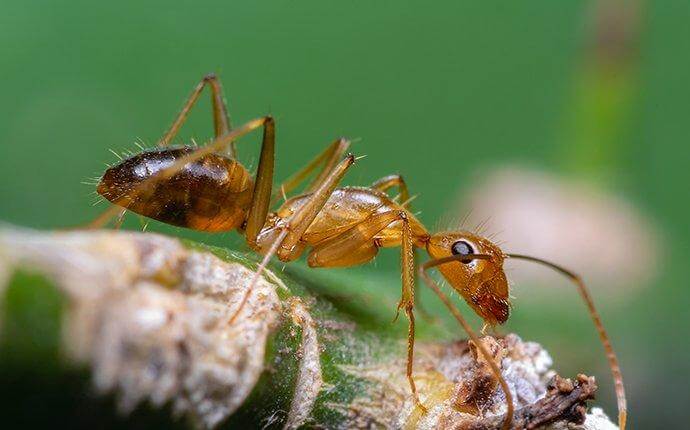
Seeing a dirt mound with small black ants on the sidewalk or noticing ants in your kitchen are both fairly common occurrences. This is because ants...
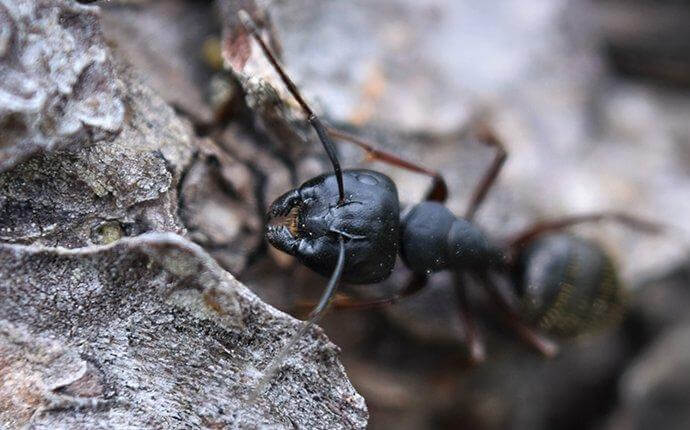
One of the trickiest parts of being a homeowner can be deciding what is the biggest threat to your home. If you see an ant, how do you know whether...
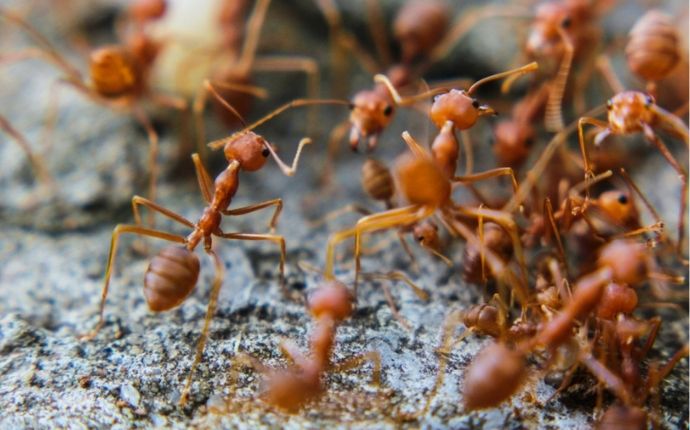
It seems pests are forever trying to get inside your San Antonio home or business. Many are very challenging to get rid of. They might...
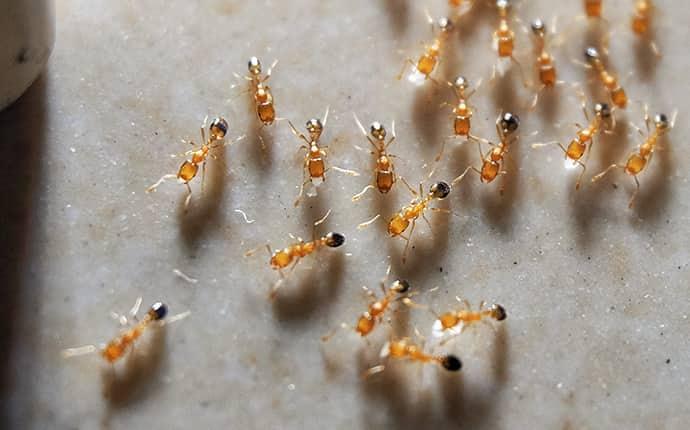
Did you know there are over 12,000 species of ants in the world? Of those 12,000, one particularly pesky one that we have to deal with here in...

The idea of having ants in your San Antonio home is bad enough. Now imagine those ants are inside of your walls, eating through, and destroying the...
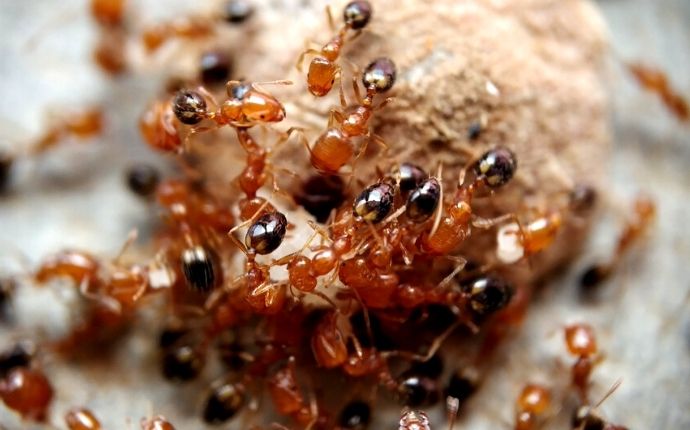
Some ants are a lot scarier than others. While most of the invasive species you’re likely to find are just a nuisance and not harmful to people or...
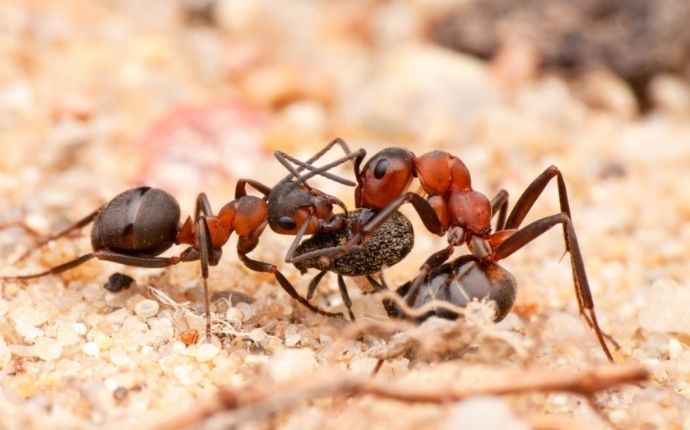
Ants are often thought to be small, insignificant pests that annoy people. The only accurate part of this notion is that they’re...
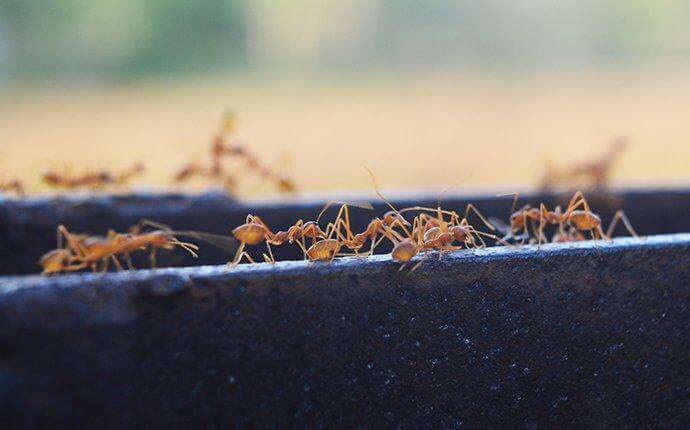
You can’t get very far in San Antonio without coming across an ant. Whether marching down the sidewalk, eating outdoor leftovers, or building nests...
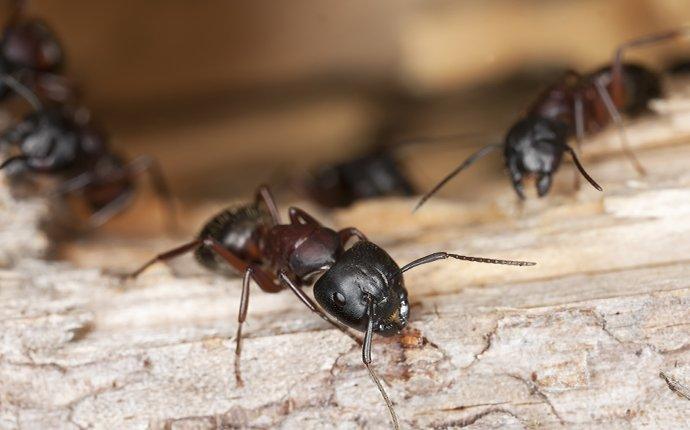
All pests are troublesome, but the ones that can be the most dangerous to your home are the ones that actively destroy the building materials and...
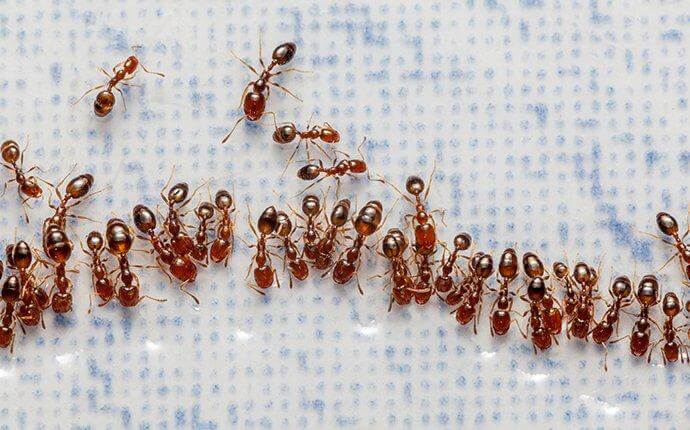
Here in San Antonio, our warm year-round temperatures allow many pests to remain active when they would usually become dormant in other places...
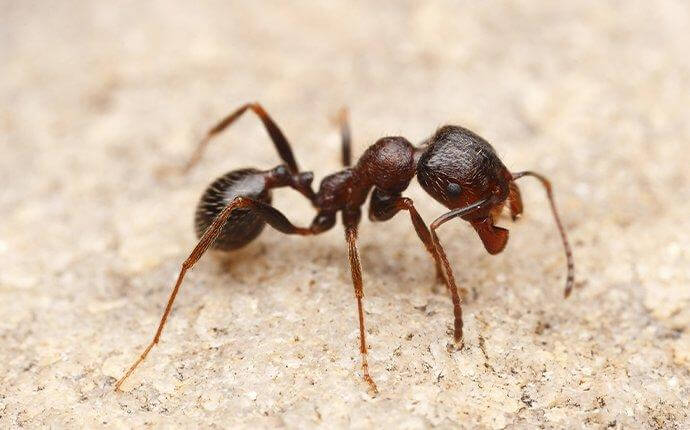
There are over 12,000 species of ants in the world. Fortunately, only a few of them commonly infest Texas homes. In our Dallas/Fort Worth service...